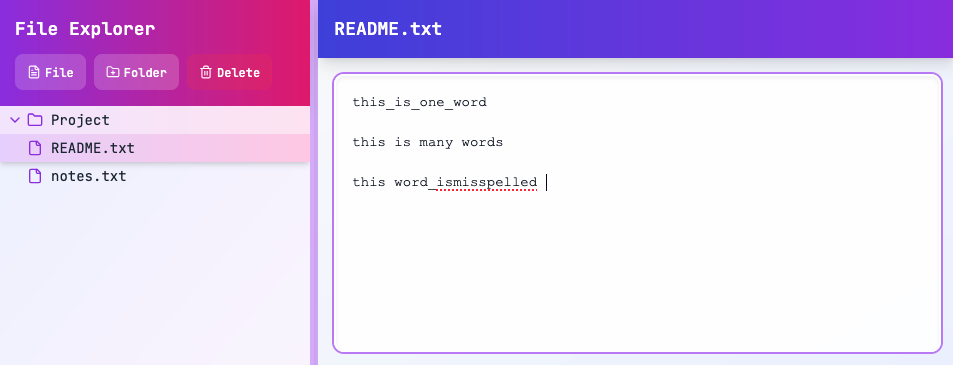I admit it: I was convinced by The Woz (Steve Wozniak, creator of the first Apple Computer).
Using a code generator in the wake of the Builder.ai scam had me wondering: “Is this code being generated by humans, posing as AI?”
And then it occurred to me: It does not matter.
It does not matter how it is achieved: This tool allows one to release an idea to the World, without getting mired in the mundane boilerplate that is all too familiar to those of us who develop code for the Web platform.
This begs the question: “What is art, and what is just mundane boilerplate?”
As a seasoned practitioner of Web Development (among other skills), it seems like the art (in this case, unique ideas and nonstandard functionality) is less than 1% of the work. The rest is just mundane boilerplate, standard requirements set forth by the Industry, that we must repeatedly regurgitate, every time we set out to create something new.
Until now.
I used Famous.ai to create a Web version of my existing Windows application: Data Organizer. Created using C# WinForms, Data Organizer is only accessible to those running Windows. I currently use an Apple Macbook Pro for the bulk of my work. As a cross-platform developer, it would be nice to be able to use it on any device, such as Mac, iPad, iPhone, Linux, Windows, Droid, etc. Even better, I could have a login and account, under which all my organized text data is available to me on all devices.
I created Data Organizer when I found myself very frustrated with top-heavy “word processors” and even “simple text editors” (like TextEdit and Notepad). I wanted to be able to quickly edit and manage data as just plain text, expressed as branches and leaves on a tree. I wanted there to be no distractions to the creative flow of text, code, or just obscure data; no spell checking; no grammar checking, and no formatting.

I entered the following text (a “message”) into the free version of Famous.ai:
app that has a tree view window of folders and contained plaintext documents on the left pane, and a plaintext view/edit window on the right pane.
selecting a file in the tree view loads the plaintext in the pane on the right for editing.
add a button that creates a text file in the selected folder, with the specified name.
add a button that creates a folder in the selected folder. all fonts mono-spaced (like Courier).
double-click selects a contiguous word. triple-click selects an entire line.
underscore char counts as a part of a word.
ctrl+a selects all text.
ctrl-c copies selected text.
ctrl-v pastes text at cursor.And it generated a a Web app that looked like this:

I forgot the “Delete” button, so I entered this text:
add button to delete selected file or folderAnd the Web app was updated to look like this:

At this point, the app is still not up to spec: There is distracting spell-checking going on. The name of the app should not be “File Explorer,” as that implies the Microsoft Windows file tree. The plaintext files need not have “.txt” extensions, as all the data in Data Organizer is plaintext.
As I have no more ‘messages’ remaining in this billing period, I brought the app up to spec by editing the source code:
First, I added this to disable the spellchecking:

Second, made these changes to change the app title:


Third, I removed the “.txt” files from the initialization phase, and changed the root node name to “Projects”:

Then, I ran the app and entered data that matches the screenshot of the original Data Organizer:

And here is the original Data Organizer screenshot, for comparison:

I now have the source code for the Web version of Data Organizer on my Mac. I can truly say that this was a life-changing experience. I was able to describe an existing application, of which there was no Web version. The AI took care of all the mundane details for me, and all I had to do was describe what I want, and then make some minor changes to the generated source code. Those minor changes, and the text description, are my actual art, my actual idea, the unique, nonstandard functionality that is Data Organizer.
Are rock stars less artistic if they employ people to perform mundane tasks, like tuning their guitars?
Are painters less artistic if support staff set up their easel, palette, and canvas for them?
Are programmers less artistic if the mundane boilerplate is generated for them by AI?
Freeing ourselves from the mundane is, in my opinion, an excellent way to foster art, invention, and creativity.

Leave a Reply